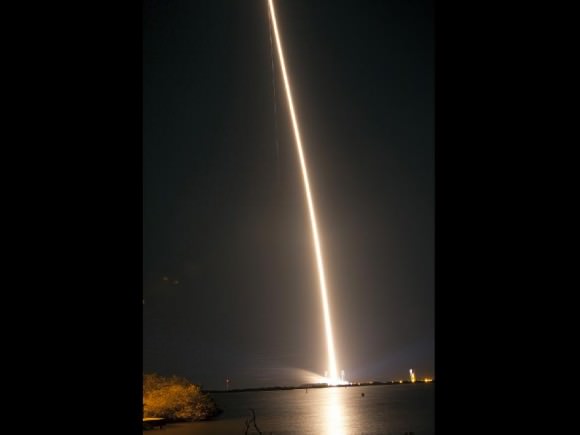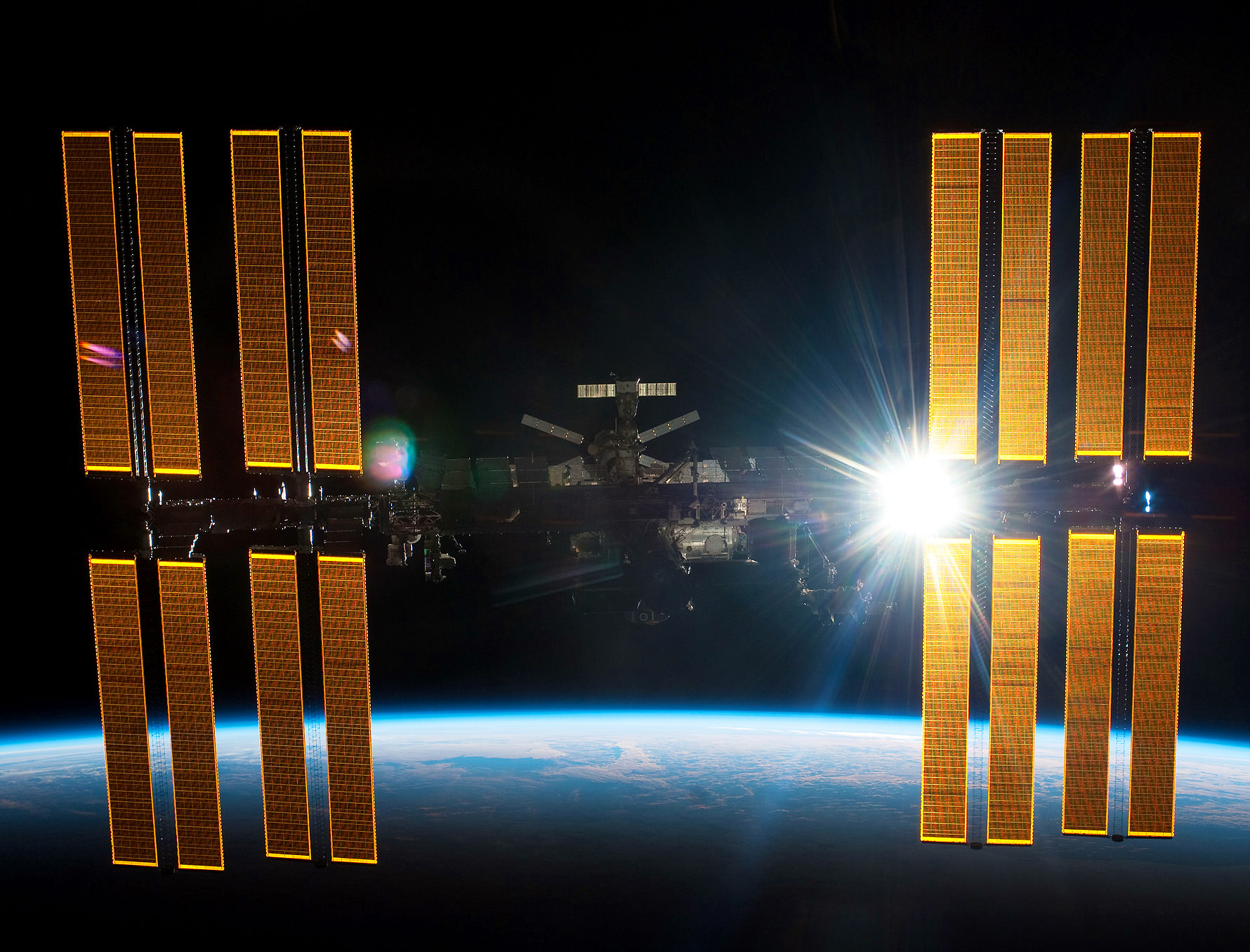Gemini 8 was in trouble. The spacecraft was spinning rapidly, the astronauts were fighting to stay conscious, and worst of all — they were out of the reach of NASA’s Mission Control.
The astronauts eventually did make contact during that 1966 mission, and splashed down safely. Still, the incident illustrated a weakness of having scattered ground stations staying in touch with orbiting spacecraft. NASA had a large network of stations, including ships and remote satellite dishes, but there were large gaps in coverage.
Today, NASA and Roscosmos (the Russian space agency) have virtually 100% communications contact with orbiting astronauts and cosmonauts in the International Space Station, including video. That’s due to a network of satellites called the Tracking and Data Relay Satellite system. The first of these satellites launched 30 years ago today (April 5) in 1983.

TDRS includes seven operational satellites that are in geosynchronous orbit (essentially, in an orbit that keeps them above a fixed location on Earth.) The satellites are designed to serve spacecraft that are orbiting in low Earth orbit, above 45 miles (73 kilometers) in altitude. They’re spaced out to make sure that customers receive coverage throughout the orbit. Operations on the ground consist of two ground terminals located near Las Cruces, New Mexico.
Launching these satellites took years. Although the first satellite was deployed successfully, the second one was destroyed in the Challenger shuttle explosion of 1986. The rest of the first generation of TDRS satellites went into space between 1988 and 1995. Three more advanced satellites then launched between 2000 and 2002.
This means the TDRS fleet is getting pretty old, but luckily, there are fresh replacements on the way. TDRS-K launched in January and is still being tested before assuming operational status. TDRS-L will launch in 2014, and TDRS-M in 2015.


For the first few shuttle missions, the TDRSS was 2 years away and so astronauts and mission control still relied on ground stations. I helped establish one, Yarragadee in Western Australia. Ours was the first typically to provide a link to the shuttle after it re-entered the atmosphere. Such interesting and exciting times. (Incidentally, Quindars were still in use then.)
It’s cool when the ‘real’ experts contribute to articles like this one.
Thank you for sharing, David! What are quindars?
From the Wikipedia entry for Quindar tones:
Quindar tones, most often referred to as the “beeps” that were heard during the American Apollo space missions were a means by which remote transmitters on Earth were turned on and off so that the Capsule communicator (CapCom) could communicate with the crews of the spacecraft.
http://upload.wikimedia.org/wikipedia/commons/5/56/Quindar_tones.ogg